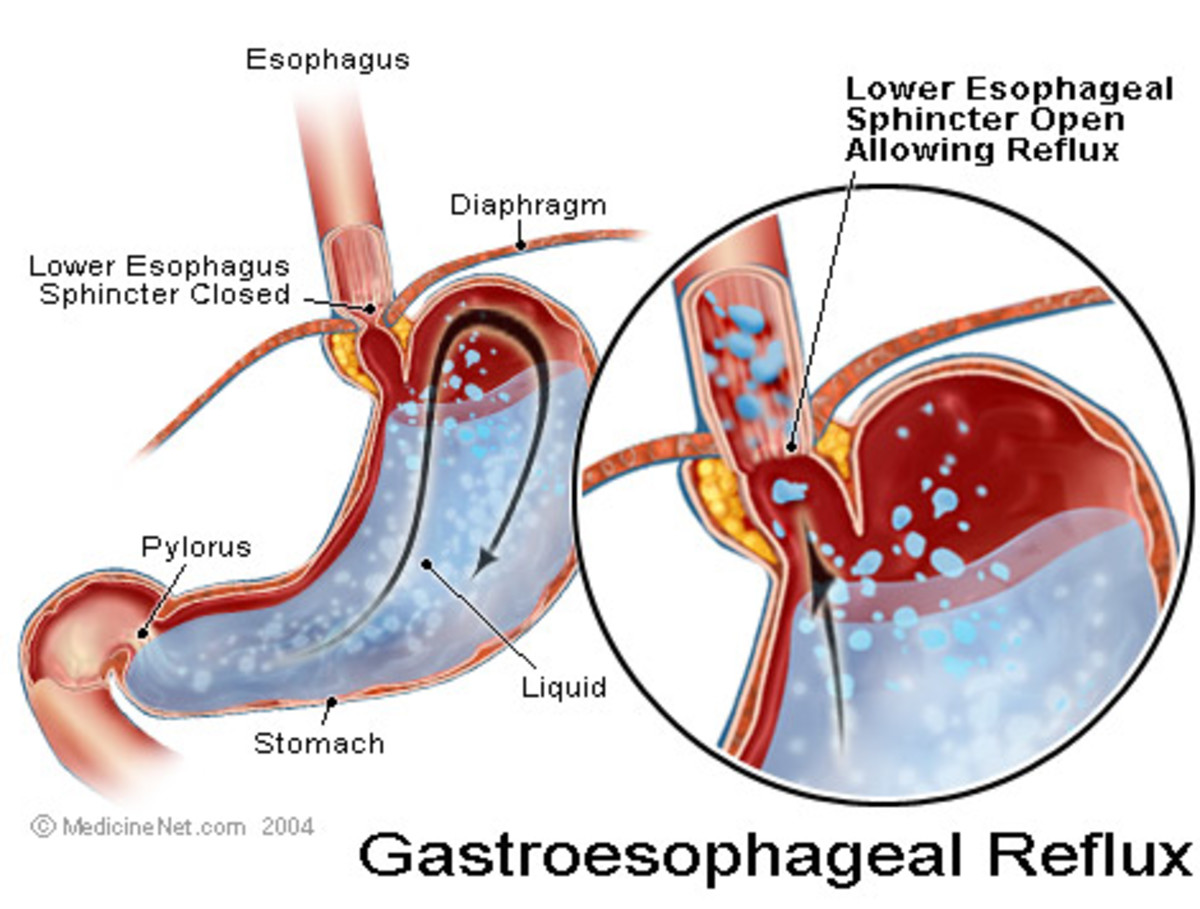What are Side Effects of Gabapentin?
Gabapentin - What is it?
Gabapentin is a U.S. prescription medication used to treat Postherpetic Neuralgia (pain related to shingles) and Epilepsy (i.e. seizures). Interestingly it wasn't initially studied for either of these conditions. The original research on this drug was done in Japan and they were investigating its usefulness as an antispasmotic and/or muscle relaxant. Neither of these uses were effective and the drug was later sold to a U.S. manufacturer which eventually marketed the drug under the trade name Neurontin.
Gabapentin is available in:
Capsules: 100mg, 300mg, 400mg
Tablets: 600mg, 800mg
Oral Solution: 250mg/5ml
Gabapentin is available generically from several manufacturers. Patients wanting to utilize the brand version of this medication will need to specifically request "Neurontin" and may have to pay a higher copay to obtain it.
Gabapentin Side Effects
Patients beginning treatment on gabapentin should be aware of several common side effects which they may encounter while taking this medication.
Some common side effects which are generally mild and can usually be managed include:
- Dizziness
- Drowsiness
- Peripheral edema
- Viral infection
- Ataxia (weakness or loss of control of body parts)
- Fatigue
- Blurry vision
- Nystagmus (involuntary eye movements)
- Fever
- Nausea/Vomiting
- Pain
- Tremor
These side effects are more common at the initiation of therapy and often resolve themselves. Persistent side effects like those listed above should be reported to your physician.

Driving and Gabapentin
The manufacturers of gabapentin recommend that patients use caution when driving while taking gabapentin.
Specifically, the manufacturer says:
"Patients taking gabapentin should not drive until they have gained sufficient experience to assess whether gabapentin impairs their ability to drive. Driving performance studies conducted with a prodrug of gabapentin (gabapentin enacarbil tablet, extended release) indicate that gabapentin may cause significant driving impairment."
Suicide and Gabapentin
Back in 2008 the FDA issued a class warning that antiepileptic drugs (like gabapentin) may increase the risk of suicidal thoughts or actions.
However, further studies1 specifically on gabapentin have found that there was no increase in the risk of suicidal thoughts or behavior in patients taking gabapentin. In fact, for patients with diagnosed psychiatric conditions, the addition of gabapentin actually reduced the number of attempted suicides.
1. Gabapentin and Suicide: http://www.ncbi.nlm.nih.gov/pmc/articles/PMC2992093/
Side Effect Discussion
As a pharmacist I take a serious interest and concern for my patients and the potential side effects related to taking any medication. Gabapentin has a number of side effects which could significantly interfere with your quality of life and comfort.
One way to help reduce the side effects of gabapentin is by starting with a low dose and slowly increasing as it becomes tolerated. Therefore, if you are having trouble tolerating this medication, talk with you doctor about adjusting your dose to allow your body more time to get used to it.
Never stop taking gabapentin abruptly, especially if gabapentin is being used to control seizures as it may induce epileptic activity.
Gabapentin Patient Poll
What Side Effects Have YOU Experienced with Gabapentin?
Using Gabapentin for Shingles Pain
In Conclusion:
To summarize what we have discussed about the side effects of gabapentin:
- Gabapentin is a widely used prescription medication for seizures and neuropathic pain
- Gabapentin can commonly cause drowsiness, dizziness, nausea, vomiting, fever, pain and other side effects
- Gabapentin should be started and dosed in such a way to reduce potential side effects for patients








